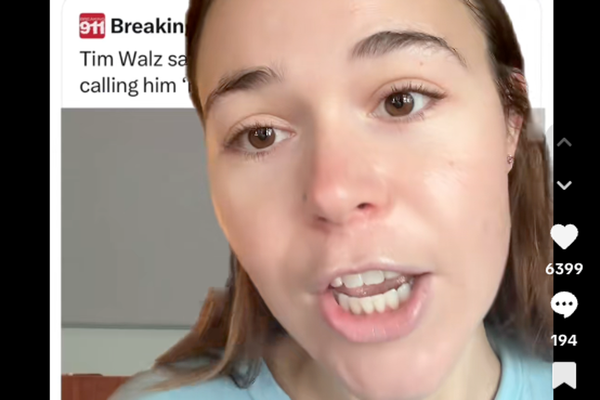A warm bath might seem like the safest part of your child’s day, but lurking beneath the bubbles could be hazards you haven’t even considered. From slippery surfaces to sneaky chemical exposures, your child’s bathtub can be a hotspot for hidden risks. Many of these dangers are easy to overlook because they come from products and habits we trust without question. But being aware of these risks gives you the power to make simple changes that keep your child safer. Let’s take a close look at what could be hiding in your child’s bathtub—and what you can do to fix it.
1. Slippery Surfaces Create Fall Risks
It only takes one slippery moment for a bath to turn into a scary accident. Wet bathtubs are extremely slick, and even a slight shift in movement can cause a toddler or young child to fall. Most parents assume they’ll always be right there, but distractions happen, and kids are fast. A good-quality non-slip mat or adhesive grip decals can make a huge difference in reducing the risk. Always test the surface yourself before bath time and never leave your child unattended, even for a second.
2. Mold Hides in Favorite Bath Toys
That cute rubber ducky might be filled with more than air—it could be harboring mold. When water gets trapped inside toys, especially ones with small holes, mold can begin growing out of sight. Each squeeze can spray moldy water right onto your child’s skin or into their mouth. Try switching to solid toys without holes or ones that open for cleaning. Regular disinfecting and thorough drying are key to keeping your child’s bathtub toys safe and clean.
3. Water Temperature Can Change Suddenly
What starts as a perfect warm bath can quickly become dangerous if the water temperature shifts. Children’s skin is thinner and more sensitive than adults’, making them more prone to scalds. A sudden rush of hot water from a faucet or temperature change from flushing a nearby toilet can burn your child in seconds. Installing an anti-scald device on your faucet or setting your water heater to 120°F or lower can help. Always test the water with your wrist or elbow before placing your child in the tub.
4. Harsh Soaps and Bubble Baths Irritate Skin
Many common soaps and bubble bath products marketed for kids still contain dyes, fragrances, and harsh chemicals. These ingredients can dry out or irritate sensitive skin and worsen conditions like eczema. Even some “gentle” brands can cause problems over time, especially with daily use. Look for fragrance-free, hypoallergenic formulas and keep bubble baths as an occasional treat. Taking a closer look at what goes into your child’s bathtub routine can reduce unnecessary skin issues.
5. Drain Stoppers Can Be a Pinch Hazard
Most parents don’t think twice about the drain stopper, but curious fingers often find their way to the tub’s drain. Some stoppers create a suction or have small moving parts that can pinch or trap skin. If a child tries to remove or play with it, they could get stuck or scared, especially in deeper water. Consider a child-safe flat stopper or drain cover without moving pieces. Teaching kids not to play with the drain also helps build safe habits over time.
6. Mildew Builds Up Around the Edges
The warm, damp environment of your child’s bathtub makes it a perfect breeding ground for mildew. It often starts around the edges where the tub meets the wall, hidden behind toys or bath seats. Breathing in mildew spores can irritate young lungs, especially for kids with asthma or allergies. Wiping down the tub after each use and running a fan or dehumidifier in the bathroom helps prevent buildup. Regular cleaning with kid-safe mildew removers can keep it from becoming a bigger issue.
7. Long Hair Clogs Increase Bacteria
If your child has longer hair, it’s likely collecting in the drain—sometimes unnoticed. These clogs not only slow drainage but can also trap bacteria, which contributes to unpleasant smells and potential exposure to germs. Dirty water sitting in a tub takes longer to rinse off your child’s skin, leaving behind more residue. Using a hair catcher in the drain and cleaning it regularly can make a big difference. It also saves you from plumbing headaches later on.
8. Bath Seats Aren’t Always as Safe as They Look
Bath seats are meant to make bathing easier, but they’re not foolproof. Some models can slip, tip, or give a false sense of security that leads to momentary inattention. Older or recalled models may no longer meet safety standards, yet many parents still use them out of habit. Always check that your bath seat has suction cups that hold firm and never use one without staying within arm’s reach. Remember, no bath seat replaces active supervision.
What’s Lurking in Your Child’s Bathtub Might Surprise You
Bath time should be calming and fun, not a source of hidden danger. But without realizing it, your child’s bathtub can become a collection of risks that build up over time. From moldy toys to scalding water, it’s worth taking a few extra minutes to inspect, clean, and adjust your setup. Small changes go a long way toward keeping your child safe, happy, and healthy. Awareness is the first step to reclaiming bath time as the safe space it should be.
What bathtub safety tip has made the biggest difference in your home? Share your favorite in the comments below!
Read More:
8 Everyday Products Dangerous for Toddlers
6 Urgent Steps to Protect Your Home from Kids’ Dangers
The post The Danger In Your Bathtub: 8 Hidden Dangers In Your Child’s Bathtub appeared first on Kids Ain't Cheap.








